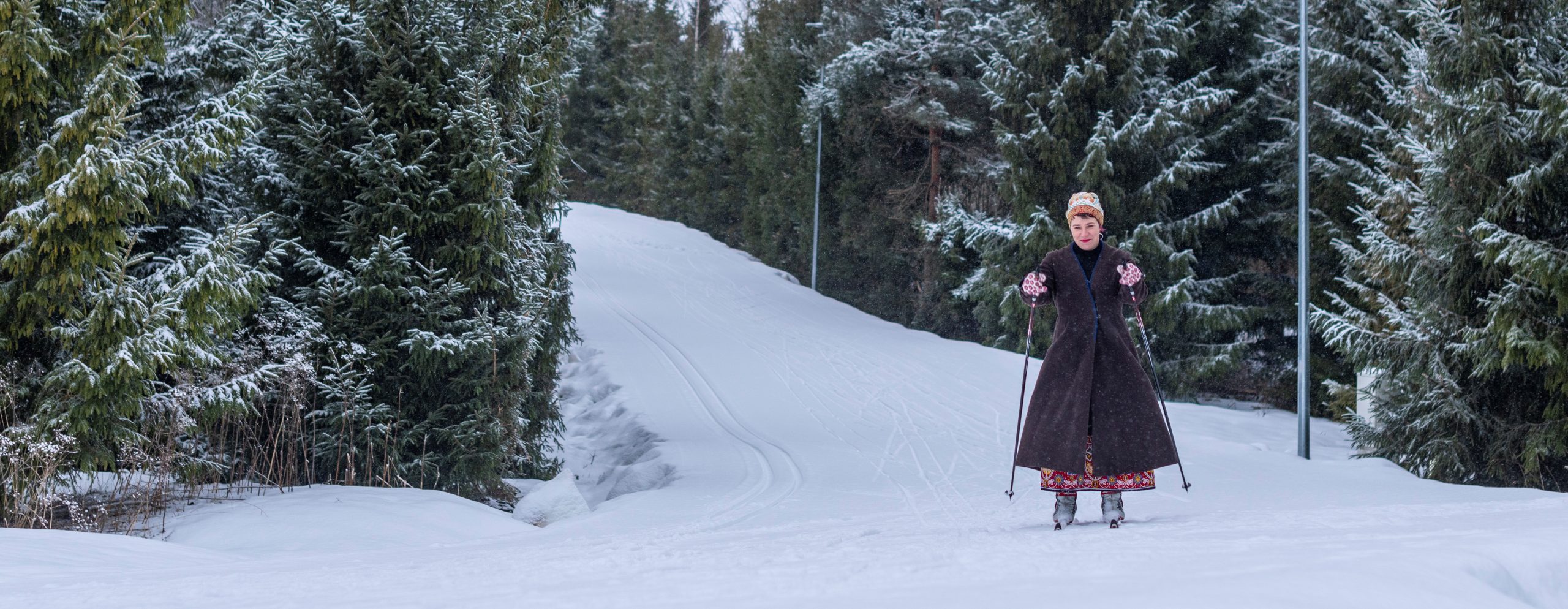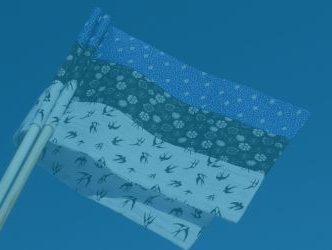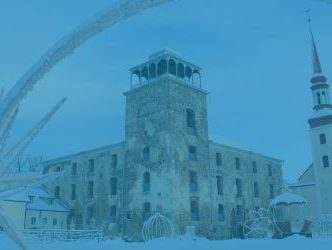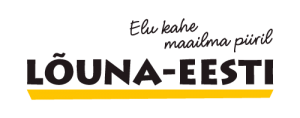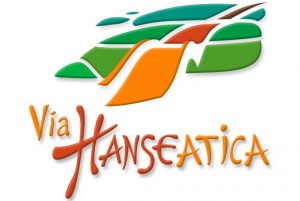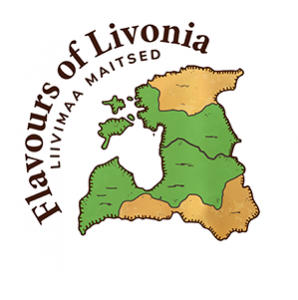Põltsamaa is a land of fields, but also of big bogs and swamps. You can find gorgeous manor buildings here, particularly imposing is Puurmani manor by River Pedja. Põltsamaa town, located at crossroads of important Estonian highways, is known for roses, parks, bridges and wines.
In 1272, the German Order established a stone fort here and named the area as Oberpahlen. In 1570–1578, Põltsamaa was the official residence for Magnus, the king of Livonian Kingdom.
The co-existing of three manors in Põltsamaa town results in the rich amount of parks, there are islets established in the river. You can walk on 19 different bridges.
Põltsamaa has left a powerful mark in cultural history of Estonia – in 1766, the first Estonian magazine was published in Kuningamäe; in 1884, the teacher of local parish school, Emilie Beermann, sew the first tricolor of Estonia and in 1888, Alexander School was opened in Kaarlimõisa – its aim was to give higher education in Estonian.
Fruit and berry wines have been made in Põltsamaa for almost 100 years. You can buy them from local wine cellar and also see there the first tube food that was produced here for cosmonauts.
Põltsamaa Rose garden has been operating for over 20 years and by its rich assortment, it’s one of the top ten rosaries in Europe.


